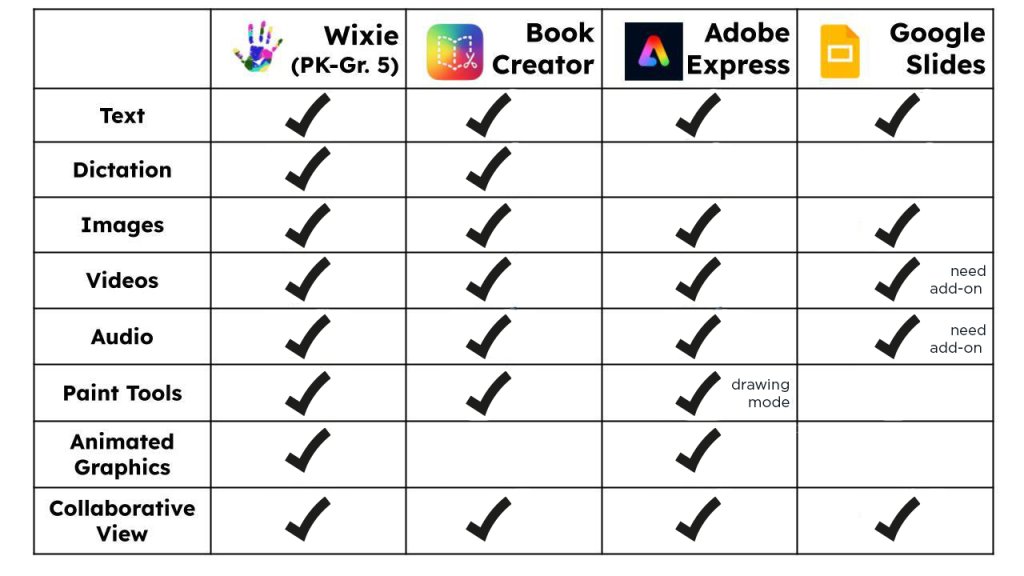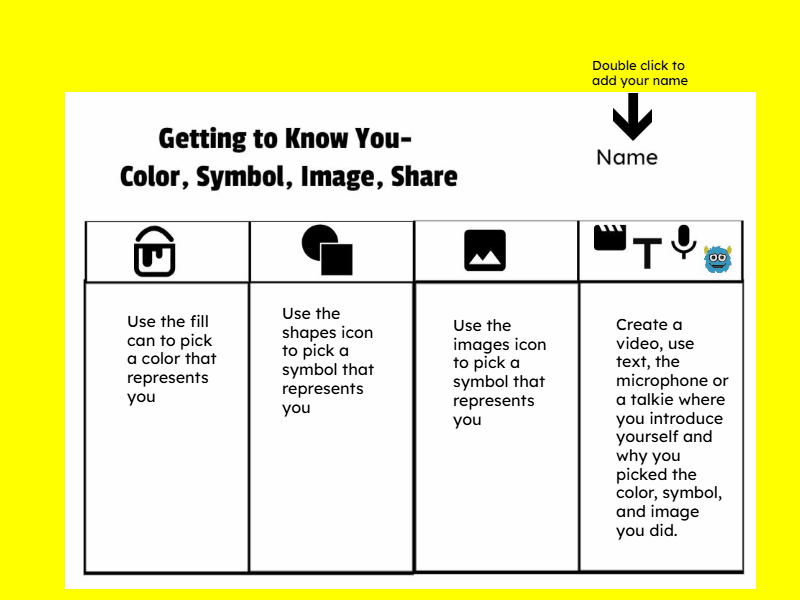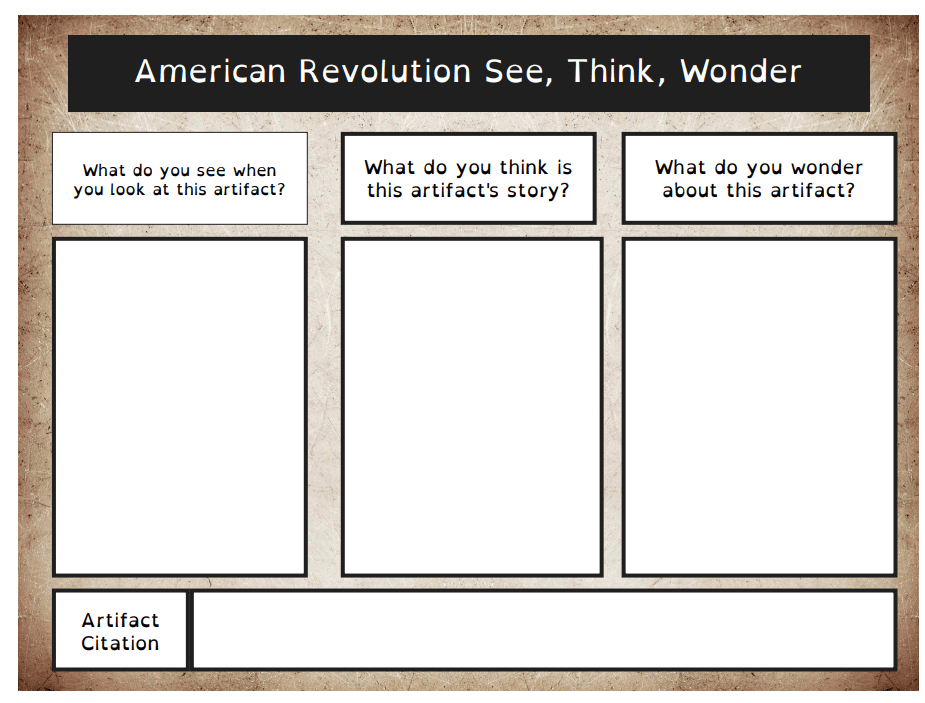Using Tech Tools to Amplify Classroom Thinking Routines
Integrating digital tools empowers students with choice, while making thinking increasingly visible and collaborative—creating a more accessible and dynamic classroom culture.
Your content has been saved!
Go to My Saved Content.Third graders Maddie and Jack are in different sections of the same class. On Tuesday, Maddie’s section completes the Connect, Extend, Challenge thinking routine, reflecting on how the video she just watched relates to what she’s already learned about Egypt during their social studies unit, while Jack’s section tackles the same activity a day later. But when Thursday arrives, something powerful happens.
Technology allows the two students to review each other’s reflections, and new ideas spark from the exchange of perspectives. Reading Jack’s thoughts on how the Egyptian pyramids connect to the math shapes they’ve been studying in his other class surprises Maddie—she hadn’t made that connection. Meanwhile, Maddie’s observations about Egyptian farming remind Jack of his family garden, leading him to wonder how ancient civilizations watered their plants without hoses. What started as separate classroom activities becomes dynamic dialogue that can connect and challenge students to think more deeply.
Project Zero’s Thinking Routines alone can be powerful tools for scaffolding and promoting student thinking, but technology can amplify their impact to another level. Digital tools provide students with increased access to these routines while offering crucial Universal Design for Learning support.
Engagement: Digital tools offer multiple ways to promote engagement by giving students choices in how they respond—through dictation, video, audio, and more. As a result, students can not only see each other’s thinking, but also interact with their classmates’ thinking, fostering collective learning that extends outside of the classroom.
Representation: Digital tools ensure that all learners can access learning resources regardless of their needs. Options like read-aloud features, videos with captions, and translations benefit every student and lead to more active learning.
Action and expression: Students gain a number of ways to express themselves and share their learning through animated graphics, mind maps, video, and audio, rather than solely relying on text and images. This variety ensures that all learners can effectively communicate their ideas.
Finding out where to start with tech integration can be overwhelming, but transforming your classroom with tech-amplified thinking routines doesn't have to be. Start small: Choose one routine and one tech tool your students already know. By introducing these strategies intentionally, you will build a culture of thinking one step at a time, empowering every student to share their voice. There are so many tech tools that you can choose from. The section below describes some of my favorites to use at the elementary level; after that, I go into further detail on how these tech tools can amplify classroom thinking routines and share some templates to get you started.
Which Tech Tool Should I Use, and When Should I Use it?

Wixie: Wixie is without a doubt one of my favorite tools to use at the elementary level. Of the four tools I highlight above in the chart, it provides the most accessibility for learners to share their ideas. Wixie also has both a Teams feature, where students can work collaboratively in one document (with teacher oversight), and a Project Wizard, which can easily combine multiple projects into a class book. This makes the thinking in your classroom visible to the entire learning community.
Color, Symbol, Image is a great thinking routine to get students thinking divergently. It asks students to identify a color, symbol, and image that best represent a topic. Yes, you can do this on paper, but… At the beginning of each year, I have my students learn this routine and practice using their favorite subject: themselves. Students first use the fill can to select a color, use shapes to create a symbol, and finally use images to select an image. This is where the magic comes in. For the final column, I add a Share column, where students explain why they chose what they did using an animated graphic (called a “talkie”), text, dictation, audio, or video tools.

This additional column promotes action and expression, as students now have access to multiple ways to share their thinking. Finally, when they complete this project, I can easily use the Project Wizard to merge all of their work into a class book so that everyone can see each other’s thinking.
This program has tons of available templates in its Design Templates, but I have a few of my own that I would love to share (plus, you can try Wixie for free for one year!).
Book Creator: Book Creator is another one of my favorites. When my sixth-grade students started to learn about the American Revolution, we began their unit by having them look at a collection of artifacts from the Smithsonian Learning Lab and completing a See, Think, Wonder thinking routine. Once students identified an artifact, they first explained what they saw when looking at it, then made a prediction about the artifact’s story, and finally shared what they wondered about the artifact.

Once again, this could be done on paper, but when we added Book Creator, students could choose to share their ideas using audio, video, dictation, and images. Additionally, using the library settings, I could choose to let my students see each other’s ideas or even encourage them to comment and build on each other’s responses.
Book Creator has a few thinking routine templates in its Templates library. Recently, I got the opportunity to present on Book Creator and Thinking Routines for a webinar. You can access the book I created for this webinar (plus, use the three-month promo code EDUTOPIA to try Book Creator for free).
Other Tools to Try
There are a host of other digital tools that you can use to amplify classroom thinking routines, including the following ones.
Adobe Express: Provides multiple means of expression, allowing students to create digital artifacts by sharing their thinking through text, audio recordings, drawings, and video; provides multiple options for students to express themselves; allows students to see each other’s work (here are some sample templates).
Google Slides: Creates a collaborative learning space where assigning each student a slide allows everyone to see each other’s work, providing a model they can learn from.
Padlet: Gives students a structured and safe way to share, allowing them to see each other’s work while protecting their own.
Canva: Includes a wide variety of templates to choose from and many options for students to share their ideas.
